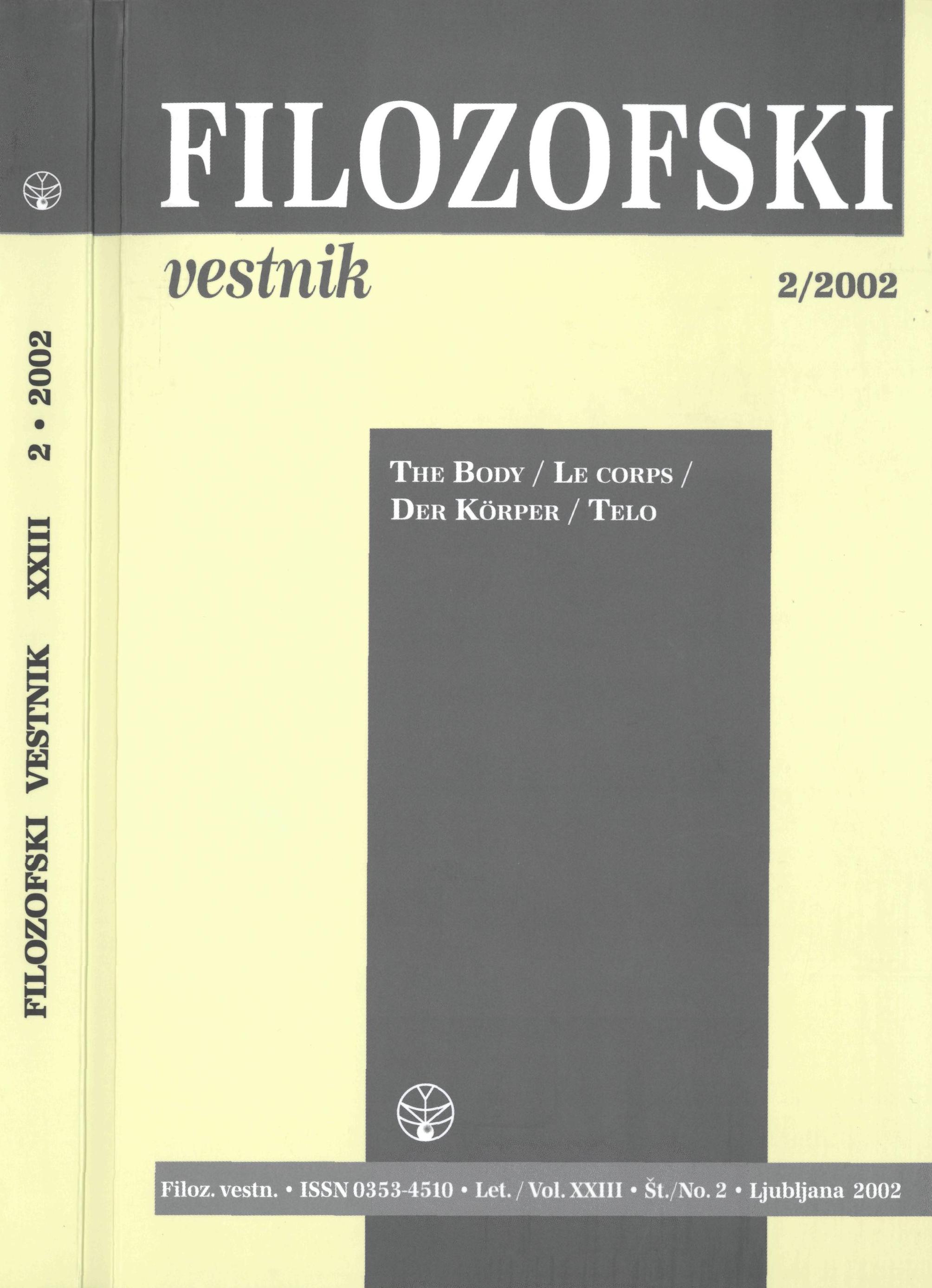“Living” Anatomies 1900/2000: Cinematography of Serial Sections and Voxel-based Volume Visualisation
Keywords:
discourse-figure, computer, medical cinematography, the “Visible Human Project”Abstract
Around the turn of the last century -1900 - the new medium film was conceptualised as “Living Photographs,” today - around 2000 - a different kind of media-application is called “living:” that of the computer. The popular and scientific representations of the “Visible Human Project™” form an especially interesting example, because in it a forgotten prehistory of the “information age” can be found in the motifs and techniques of early medical cinematography, which animated serial sections of human tissues. Karl Reicher’s and Victor Widakowich’s film experiments, since 1907, have led to specific concepts of time and space, which prefigure not only the discourse-figure of “living” media artefacts, but the anatomical visualisation of human bodies in Virtual Reality as well. This history of scientific imaging is reflected also in the filmic avant-garde of the 1920s, especially in Oskar Fischinger outstanding “Wax-Experiments.”Downloads
Download data is not yet available.
Downloads
Published
2016-01-10
How to Cite
Reiche, C. (2016). “Living” Anatomies 1900/2000: Cinematography of Serial Sections and Voxel-based Volume Visualisation. Filozofski Vestnik, 23(2). Retrieved from https://ojs.zrc-sazu.si/filozofski-vestnik/article/view/3516
Issue
Section
Articles
License
Authors guarantee that the work is their own original creation and does not infringe any statutory or common-law copyright or any proprietary right of any third party. In case of claims by third parties, authors commit their self to defend the interests of the publisher, and shall cover any potential costs.
More in: Submission chapter





